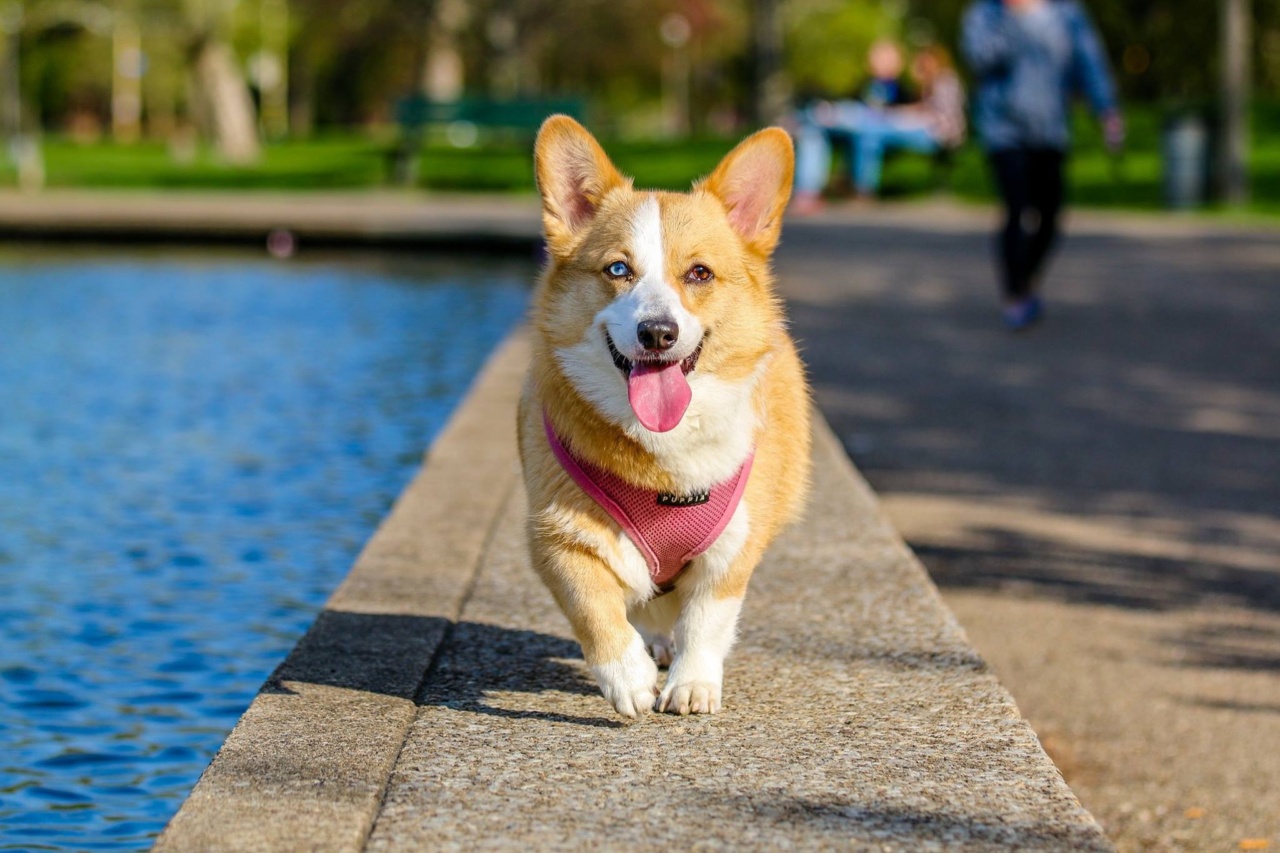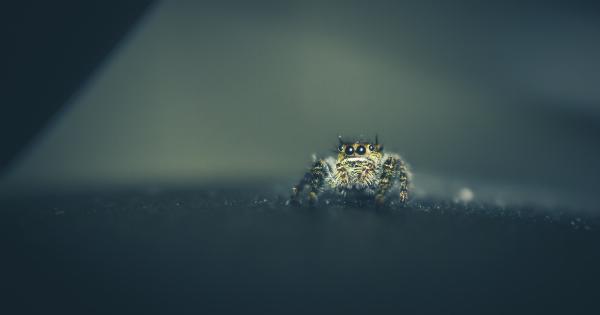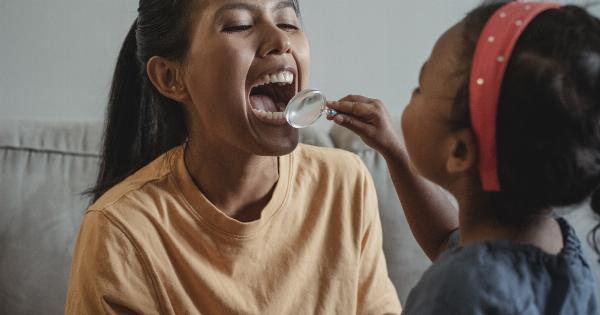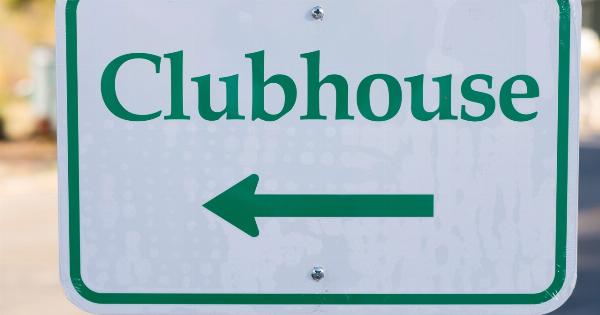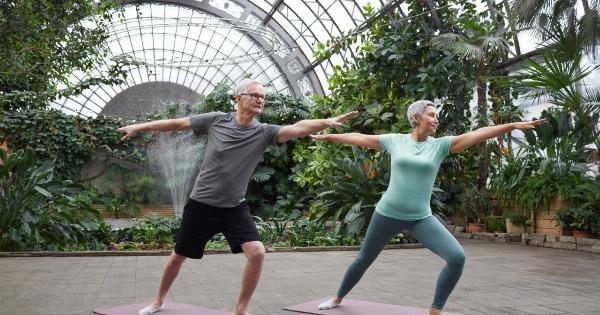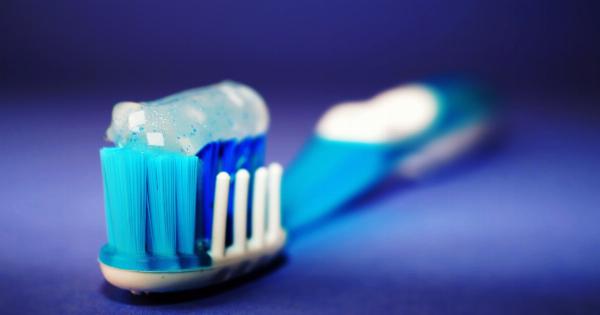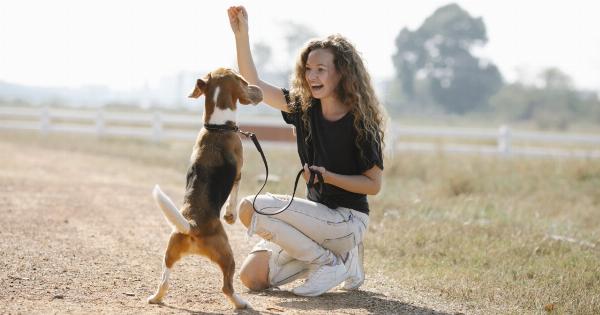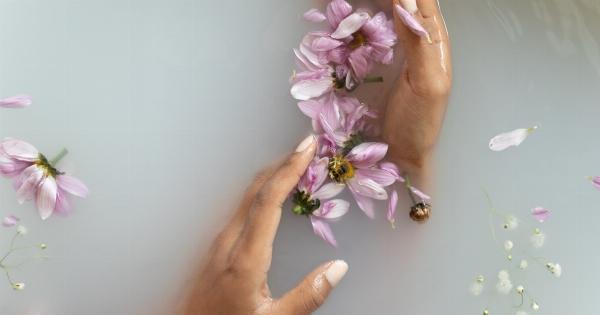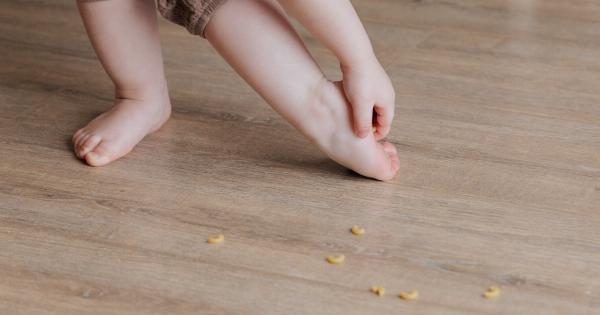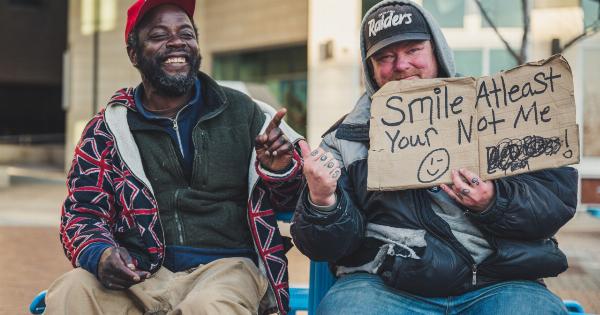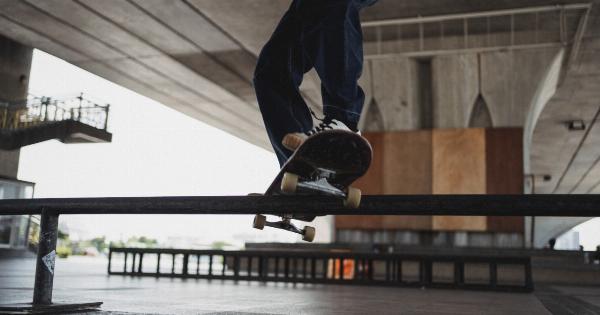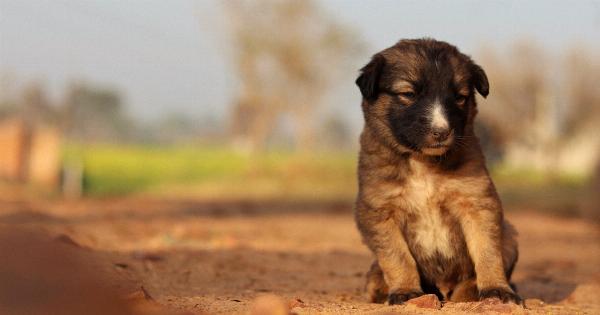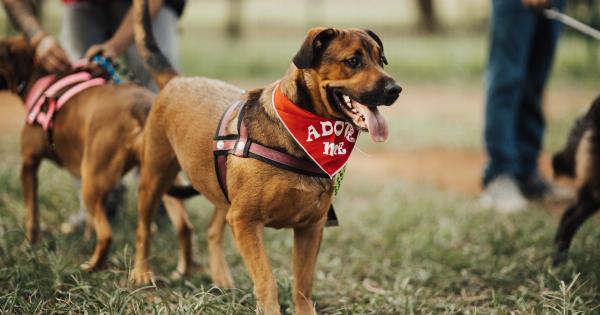After a delightful holiday season filled with festive cheer and indulgent treats, it’s time to get your furry friend back into shape. Post-holiday dog grooming is crucial to ensure your pet’s well-being and maintain their overall health.
This comprehensive guide will highlight the key areas to focus on when grooming your dog after the holidays, so let’s dive right in!.
1. Coat Care
The holiday season often means more time spent indoors, which can lead to increased shedding and potential matting of your dog’s coat. Regular brushing is essential to eliminate loose hair and prevent tangles.
Invest in a high-quality brush suitable for your dog’s coat type and gently work through any knots or matting.
2. Bath Time
Whether your dog has been romping in the snow or simply lounging by the cozy fireplace, a post-holiday bath is a must. Use a mild, dog-specific shampoo to avoid dry skin and irritation.
Be sure to thoroughly rinse your pup, removing any traces of shampoo or conditioner. A fluffy towel and a gentle drying technique will keep them comfortable throughout the process.
3. Nail Trimming
During the holiday season, your dog’s nails might not have received their regular trimmings. Overgrown nails can be uncomfortable and affect their gait.
Use a dog nail clipper or grinder designed for your pup’s size and slowly trim the excess nail. Be cautious not to cut too close to the quick, which can cause bleeding and pain for your furry friend.
4. Dental Care
After indulging in holiday treats and maybe even stealing a few bites from the dinner table, your dog’s dental hygiene may require some extra attention.
Regular brushing with a dog-specific toothbrush and toothpaste can help prevent tartar buildup and maintain fresh breath. Consider purchasing dental treats or adding a water additive to your dog’s routine to support their oral health.
5. Ear Cleaning
With the hustle and bustle of the holiday season, you may have unintentionally neglected your dog’s ears. Regular ear cleaning is crucial to prevent infections and the buildup of wax and debris.
Moisten a cotton ball with a gentle ear cleaner recommended by your veterinarian and gently wipe out any dirt or residue from the visible part of the ear. Avoid inserting anything into the ear canal.
6. Eye Care
The winter season can bring about environmental irritants that may affect your dog’s eyes. Examine your pup’s eyes for any redness, discharge, or signs of discomfort.
Use a damp cloth or a veterinarian-approved eye wash solution to gently clean around the eyes, removing any debris or mucus. If you notice persistent issues, consult your vet for a thorough examination.
7. Paw and Pad Care
Winter weather can be harsh on your dog’s paws, especially if they’ve been exposed to cold temperatures or chemicals used to melt ice and snow. Inspect your dog’s paws for any cracks, cuts, or signs of inflammation.
Regularly trimming the hair between their paw pads will help prevent ice balls from forming. Consider using paw balm to moisturize and protect their delicate paw pads.
8. Anal Gland Expression
Anal glands are small sacs located near your dog’s anus that can become impacted or infected if they are not expressing naturally. If your dog is scooting or excessively licking their rear, it may indicate a problem with their anal glands.
Consult your veterinarian or a professional groomer to perform the expression or teach you how to do it at home safely.
9. Overall Health Check
While grooming your dog after the holidays, take the opportunity to conduct a thorough overall health check. Look for any lumps, bumps, or unusual skin conditions. Check their body for fleas, ticks, or signs of parasites.
Examine their teeth, gums, and tongue for any abnormalities. If you notice anything concerning, consult your veterinarian for further evaluation.
10. Positive Reinforcement
Grooming can sometimes be stressful for dogs, especially if they have not been exposed to it regularly.
Make the experience more enjoyable by using positive reinforcement techniques such as treats, praise, or breaks for playtime throughout the grooming session. Keep the atmosphere calm and relaxing, providing your dog with a safe space to feel comfortable during the process.
